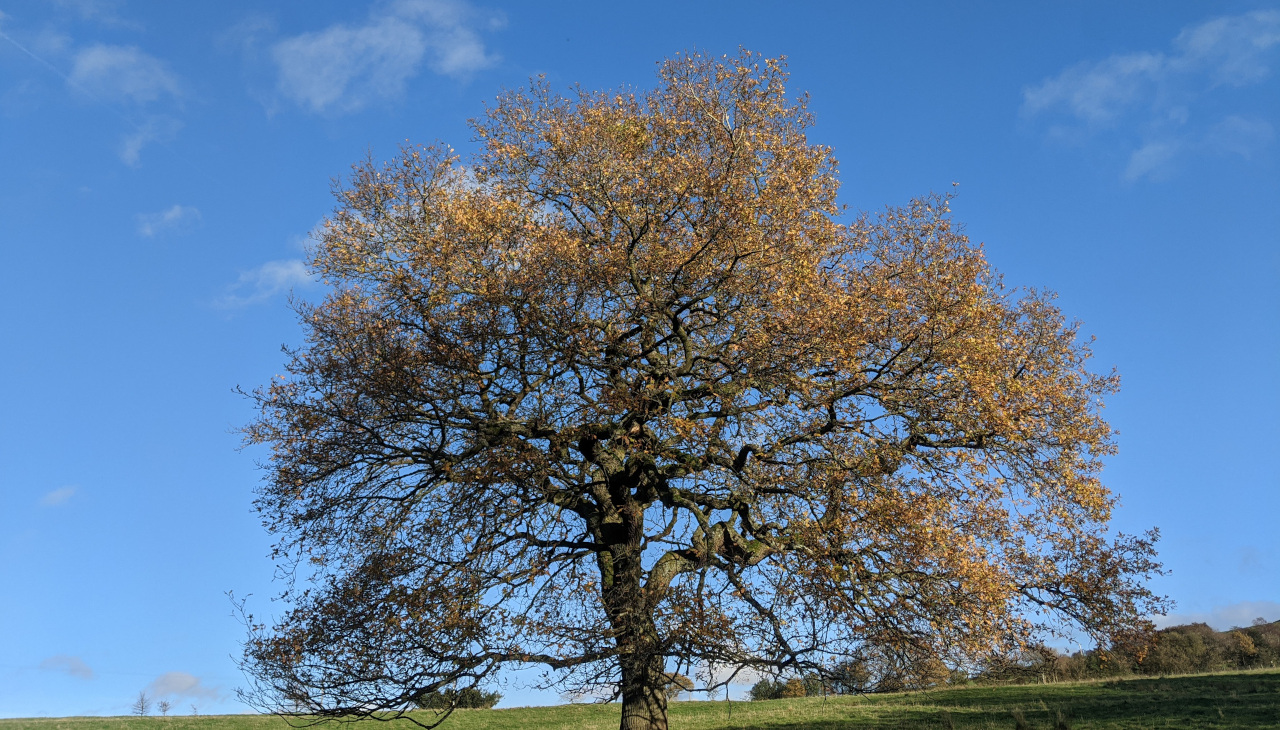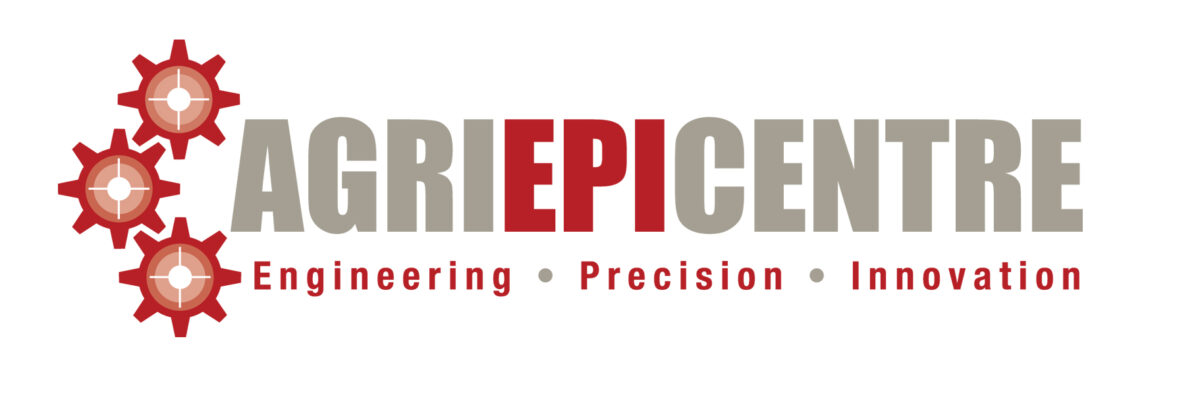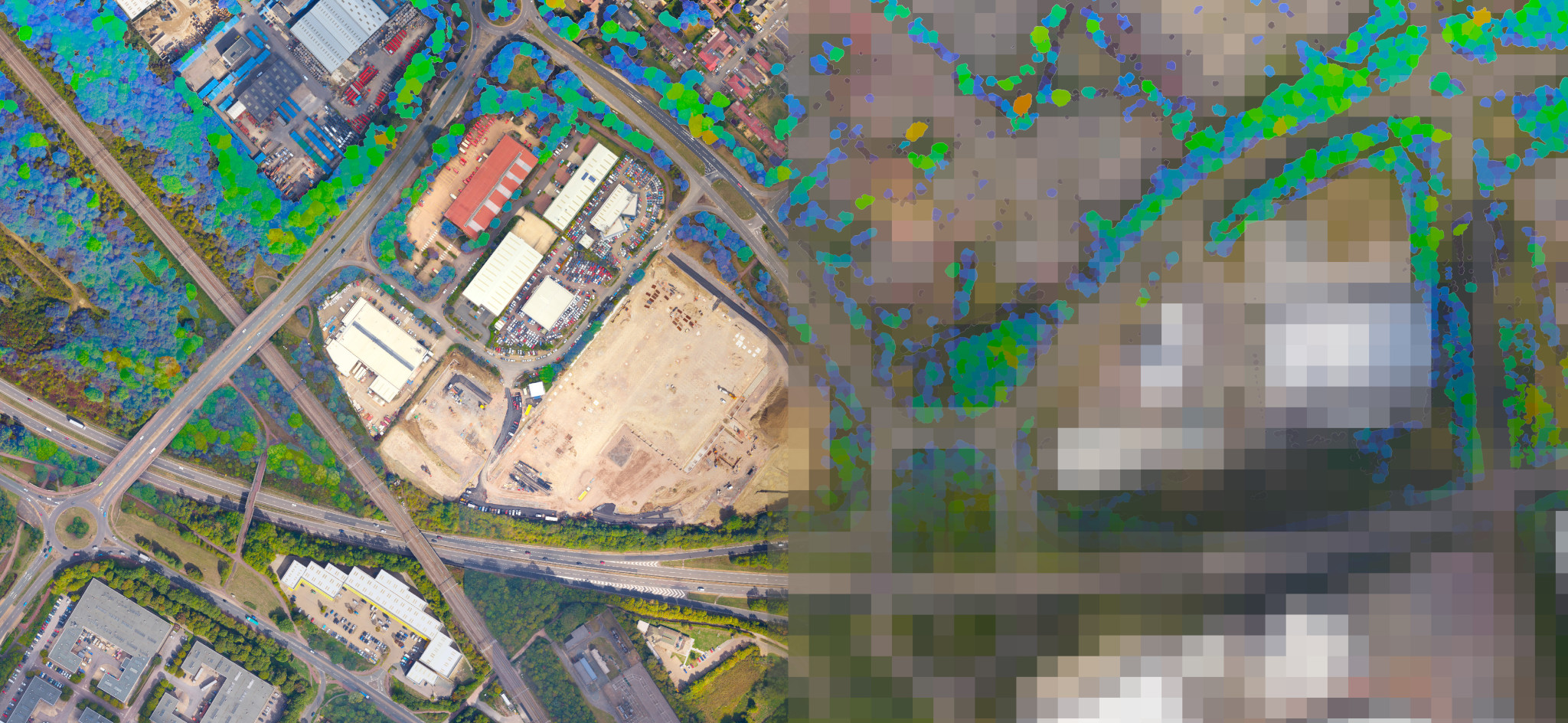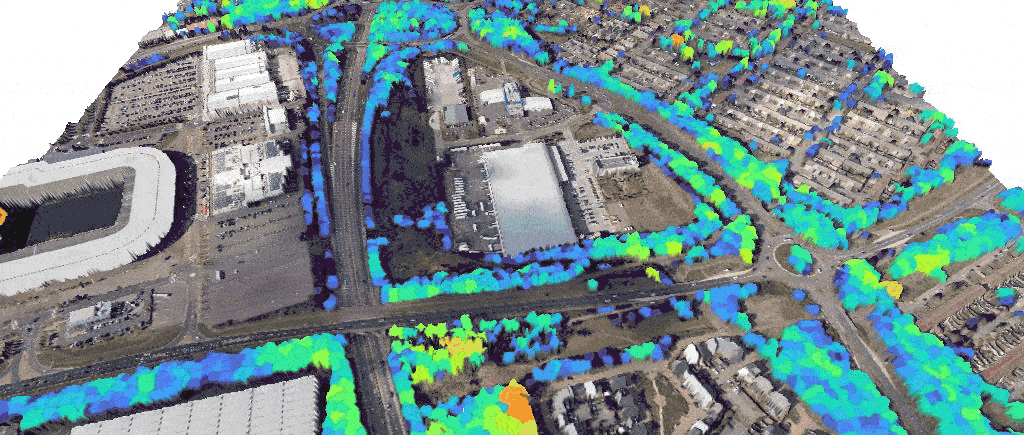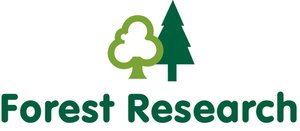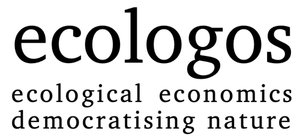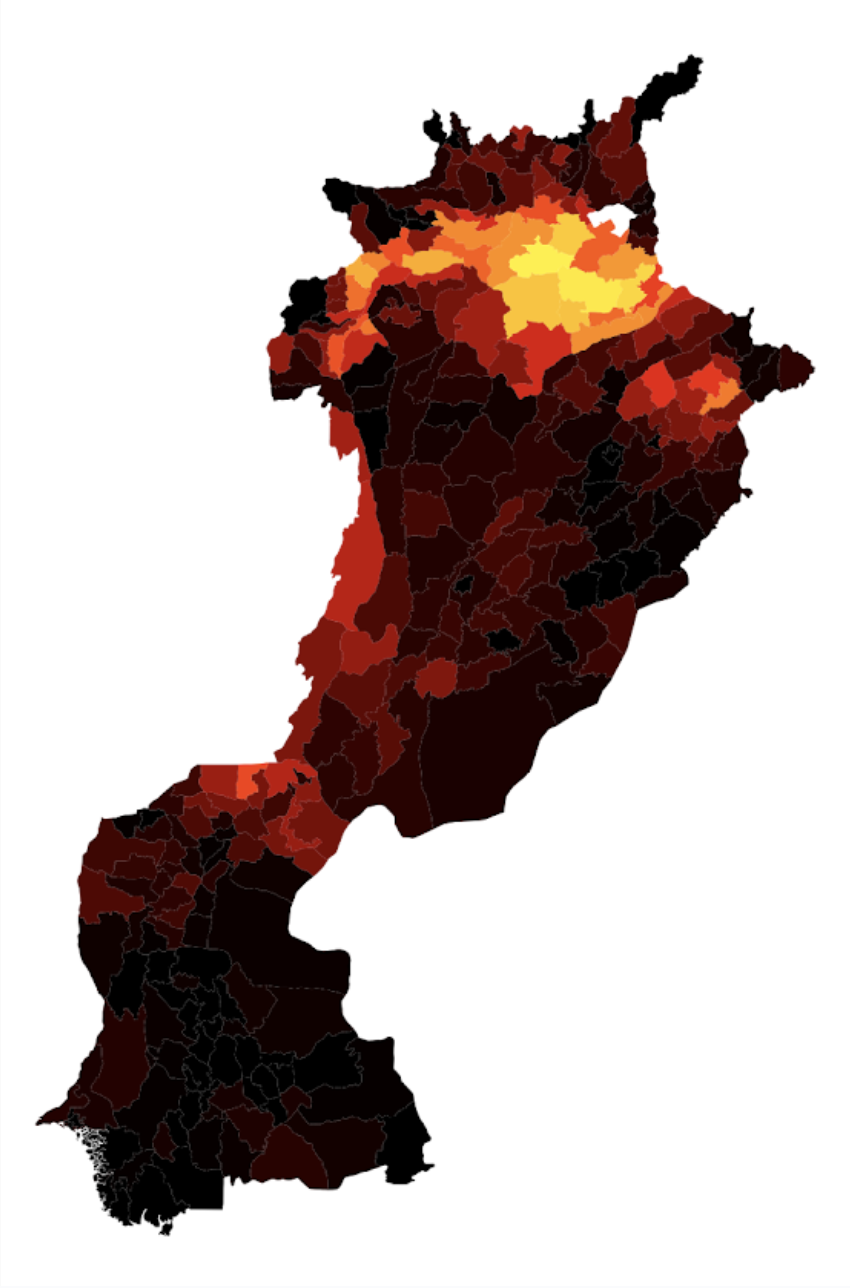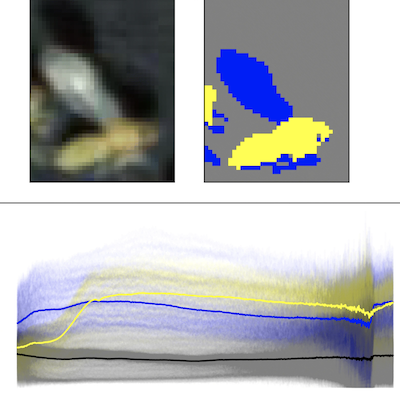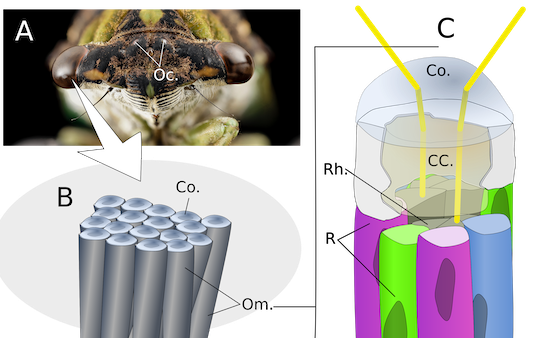
Invasive plant management at scale
Tropical weeds can become a serious and expensive management problem for landowners in the UK. One way of controlling these plants is the release of biocontrol organisms.
We worked with CABI, an international bioscience non-profit, to develop a UAV plant monitoring proof-of-concept for Floating Pennywort. The solution allows the assessors to both locate the weed in watercourses and measure the current effectiveness of the biocontrol.
This technology reduces ground visits and allows surveying of sites that would be otherwise impossible to monitor
Read more about the work in this CABI 2024 report


